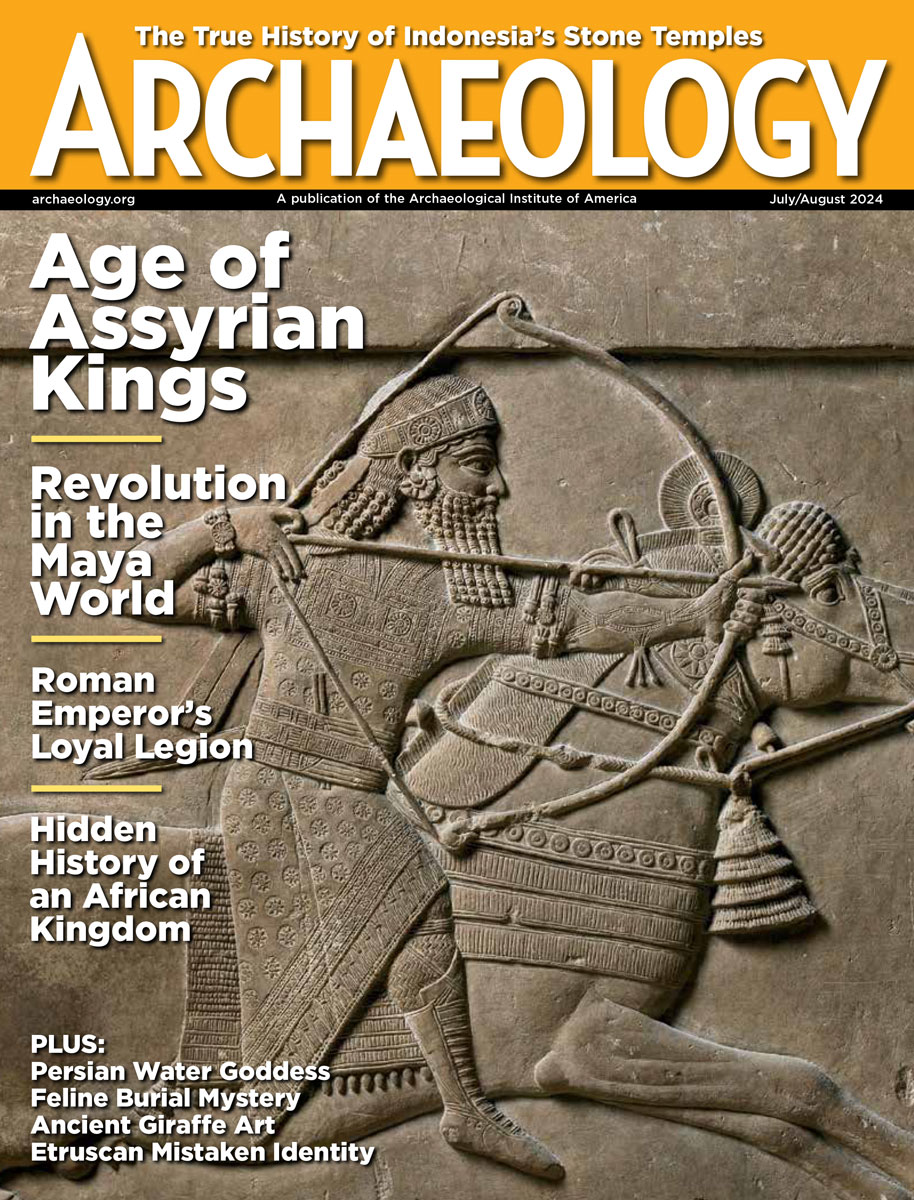Wednesday, December 31
December 31, 2008
An eighteenth-century Spanish ship was unearthed during the construction of an apartment complex in Buenos Aires. The area had once been the city’s port.  BBC News has a photograph of an olive oil jar found in the ship. “So far, it has yielded several cannons, a pair of jugs we think were used to carry olive oil, and timber from the ship,” said archaeologist Gonzalo Valenzuela.
Excavation for a new hospital in Zejtun, Malta, revealed eight tombs dating between 600 B.C. and 1000 A.D. The tombs had been damaged during the construction of a milk factory in the 1960s. Â
A Celtic village dating to the third or second century B.C. was discovered near Krakow, Poland. Seventeen huts, glass jewelry, coins, and iron tools, including a pair of scissors, were found. Â
Seven months ago, the Museum of Anthropology at the University of British Columbia was robbed of a dozen artworks by Haida artist Bill Reid, and three gold artifacts from Mexico. Improved security measures will be part of the museum’s plans for renovation and expansion. Â
Doctoral candidate Martina Hättestrad studied pollen grains deposited more that 40,000 years ago in Swedish lakes, and found that the first icing phase of the latest Ice Age may have started 20,000 years later than previously thought. “It’s important that we get to the bottom of when the great ice sheets covered Sweden and how warm it might have been when there was no ice,” she said. Â
A pair of mountain bikers recovered a hollow howitzer shell that was part of General Santa Anna’s arsenal at the Alamo. The shell had been stolen on December 21 from a Texas hotel, and left in a plastic bag along a biking trail. “I thought it was a bowling ball, like an old-school, prehistoric bowling ball,” said biker Nicos Esquivel.
Happy New Year! The News will return on Friday, January 2.
- Comments Off on Wednesday, December 31









